Gadebridge Park river restoration information page
Overview
We're working with Dacorum Borough Council and Affinity Water to restore the River Gade at Gadebridge Park, a globally rare and valuable chalk stream. The project will provide multiple benefits, including improved habitats for wildlife, better resilience to low flows and the impacts of climate change, reduced pooling of flood water in the park, and allowing local residents and visitors to get closer to the river and enjoy nature.
Our project will improve the river in the lower section of Gadebridge Park, between the Grade II listed White Bridge and Queensway.
Together with Affinity Water, we are funding the river restoration project and Dacorum Borough Council will be contributing to its recreational and amenity aspects. Construction began in Autumn 2024 and is expected to complete in June 2025.
This information page will be updated to share our progress. Detailed information about the River Gade and our proposals can be found further below.
--------------------------------------------------------------------------------------------
May 2025 – project update
Our project is nearing completion!
Monday 14 April 2025 marked the historic day that the flow was officially diverted into the new restored channel. Having been in its unnatural perched position to the side of the park for hundreds of years - artificially straight and clogged with vegetation and silt - this rare chalk stream now winds its way along its natural route through the centre of the park. Below is a photo of the moment it happened.
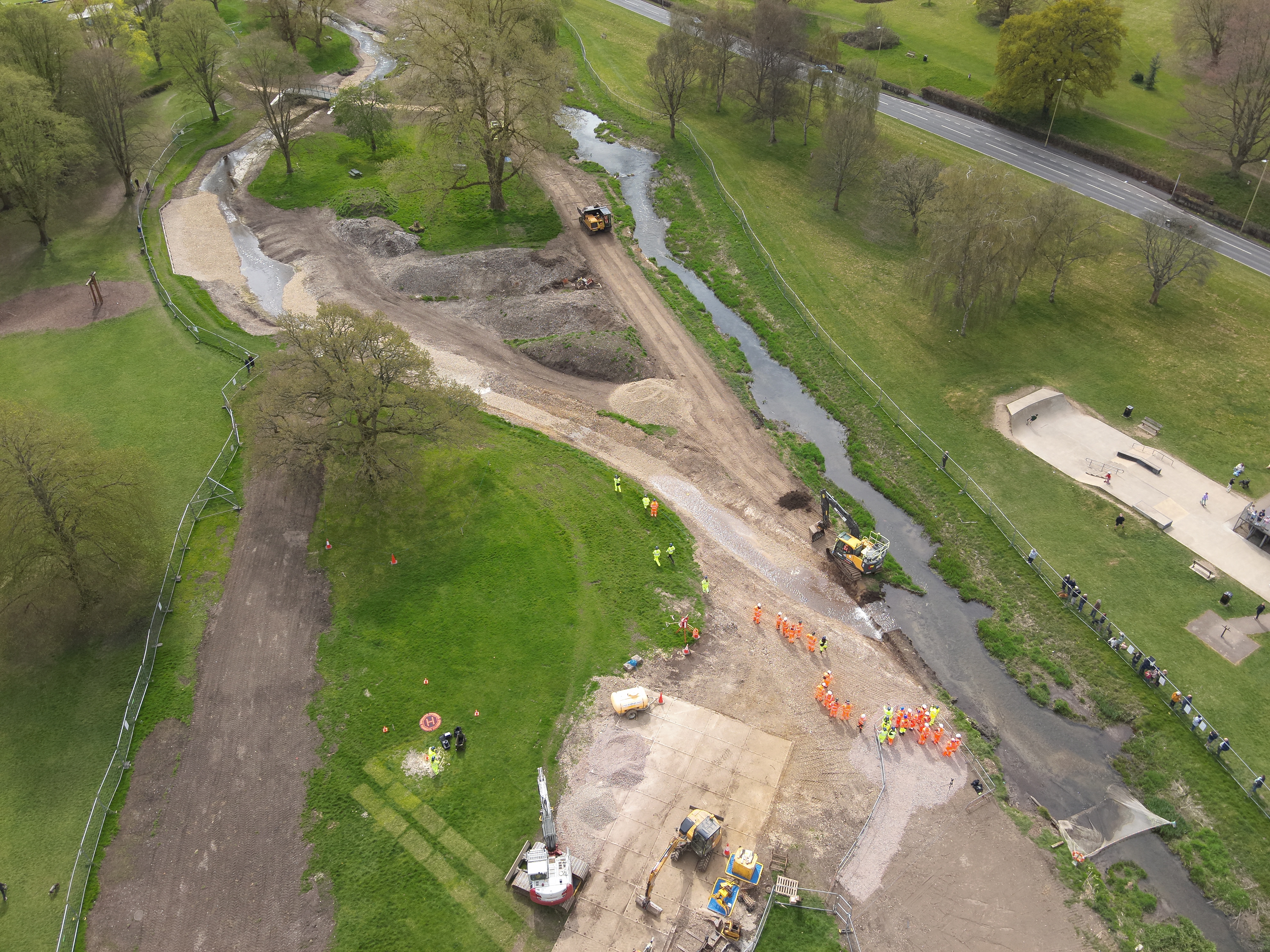
We carried out a fish rescue over the next couple of days to ensure that any fish that had managed to squeeze past our nets were safely transferred from the old channel into the new one. The old channel has now been filled in using material excavated from the new channel and will be seeded with a grass mix.
Planting and seeding
We’ve transferred lots of native plants from the old channel to the new one and our specialist contractor, Five Rivers, has also placed additional plug plants in the remaining areas of riverbank.
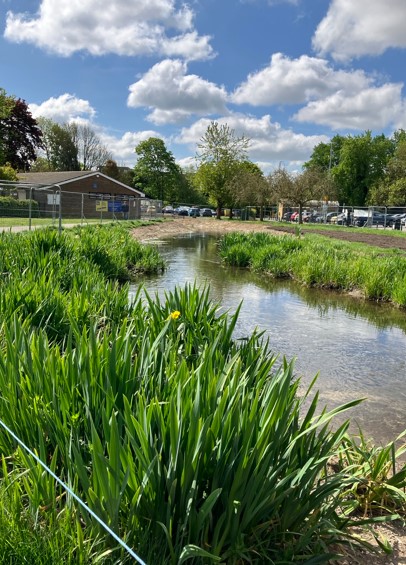
Grass seeding will take place from mid-May to reinstate the grassed areas affected by construction, as well as the seeding of the old channel and the new wildflower meadow, located between the new river channel and the Queensway car park. We’ll be using a technique called ‘hydroseeding’ which involves using a sprayer with the seed in a bright (usually green/blue) dye. It’s a fast and efficient technique for covering large areas. The dye is natural and biodegradable and just helps to ensure we achieve full coverage of the area.
Gauging station
Our new gauging station by the Bowls Club is now complete. Members of our Hydrometry & Telemetry team recently carried out some spot flow gauging (see photo below) to check that the ultrasonic is working correctly and is accurately recording river flow data. Spot flow gauging involves measuring the discharge (the volume of water) at a specific point in time. Our new gauging station will monitor flows in the River Gade and support us in delivering our flood warning service.
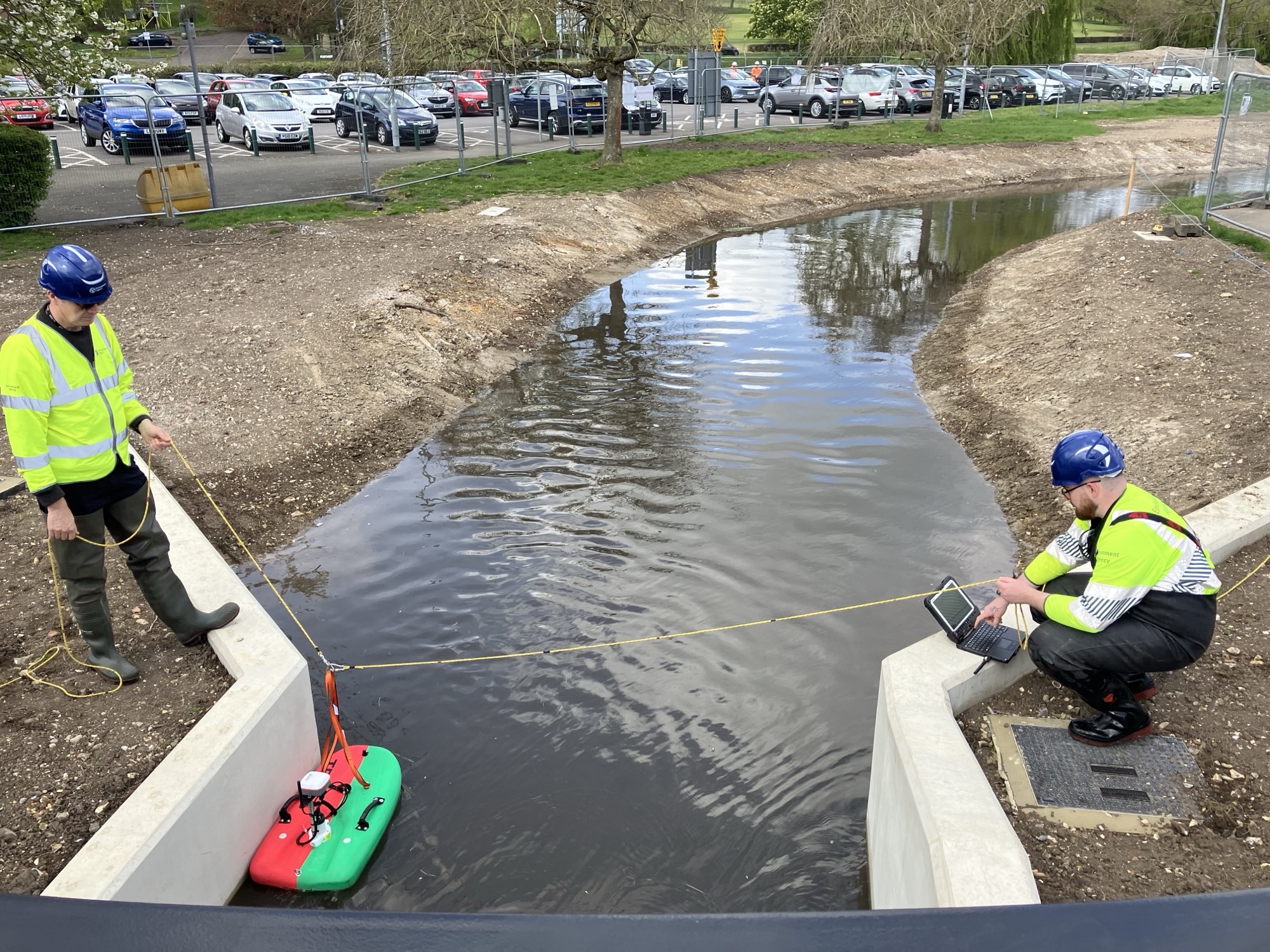
Gadebridge Lane car park restrictions
Please be aware that until 15 May 2025, on some weekday mornings we will need to temporarily restrict access to a small number of parking bays (including the disabled bays) in Gadebridge Lane car park. This is to allow our construction vehicles to safely exit the site, and for the delivery of landscaping equipment. All collections/deliveries are planned for 6-7am to reduce disruption. Once complete, the restrictions will be lifted for that day.
The footpath from the car park to the White Bridge will also be closed for a few minutes at a time, specifically while vehicles are crossing. Please accept our apologies for any inconvenience caused.
Towards the end of the month, BAM will begin to deconstruct their site compound. The large metal fencing will be removed, but some smaller fencing will be left in place to protect the riverbank and planted areas while they establish over the summer.
All work is expected to be complete by the end of June.
Any questions?
A frequently asked questions (FAQs) document, ‘Appendix 1 – Gadebridge Park river restoration FAQs 2025’, is available under ‘Related’ right at the bottom of this page. It includes answers to many questions about everything from chalk streams to our archaeological finds!
If you have any questions you can also email us at gadebridgepark@environment-agency.gov.uk.
Join our mailing list
If you would like to join our mailing list to receive future updates for the duration of the project via email, please contact gadebridgepark@environment-agency.gov.uk with your name and email address. We will not use your contact details for any other purposes.
--------------------------------------------------------------------------------------------
Why does the River Gade need improving?
The River Gade is a chalk stream; a globally rare and valuable habitat. 85% of the world’s chalk streams are in England and 30% (68) of these are in the south east. Unlike most rivers, chalk streams are fed from chalk aquifers - underground porous rock formations which store water. Chalk streams are directly connected to these aquifers, making their water mineral rich, clean and at a consistent temperature. This unique habitat provides the ideal conditions for a diverse range of plants and animals. Chalk streams are home to some of our most threatened species, such as the Water Vole and Brown Trout.
At the moment, only 17% of chalk streams are in their natural state. Like many chalk streams, the River Gade faces pressure from low flows and historic modifications to its channel that limit the river’s habitats and the wildlife it can support. The stretch of the River Gade that flows through Gadebridge Park is currently classified as having a 'Poor Ecological Status' under the Water Framework Directive (WFD).
Historic modifications
In Gadebridge Park the River Gade flows down an artificial channel created to supply water to the now demolished Bury Mill. The artificial channel is ‘perched’, meaning that it sits at a higher level than the valley bottom - the natural course of the river through the park. This means that the river is disconnected from its floodplain. When flooding occurs in the valley bottom, the water remains in the park for long periods of time because it is unable to flow back into the channel.

Image 1: Prolonged flooding in Gadebridge Park. The water is not able to flow back into the ‘perched’ channel.
 Image 2: A diagram showing a perched channel.
Image 2: A diagram showing a perched channel.
The artificial channel is much wider and straighter than a natural chalk stream would typically be. This often leads to a build-up of sediment along the bank and associated excessive vegetation growth, which gradually narrows the channel. The river has little resilience to drought conditions due to low volumes, especially in late summer and early autumn.
 Image 3: Excessive vegetation growth blocking the channel in Gadebridge Park.
Image 3: Excessive vegetation growth blocking the channel in Gadebridge Park.
The weir at our Bury Mill Gauging Station and other remains of historic in-channel structures act as barriers to fish. These structures can also cause sediment and vegetation to build up, impacting on river habitats and wildlife.
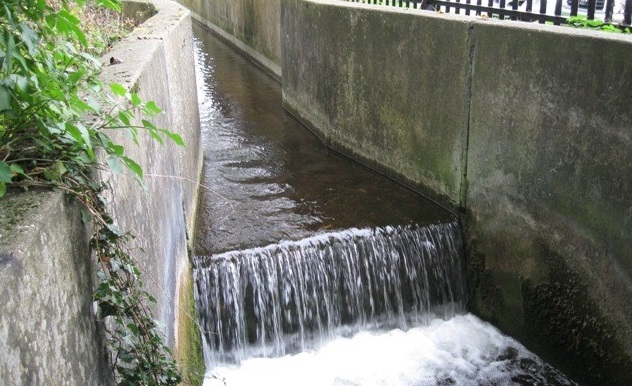
Image 4: The Environment Agency’s Gauging Station. The channel consists of a concrete bed and banks for about 40 metres.
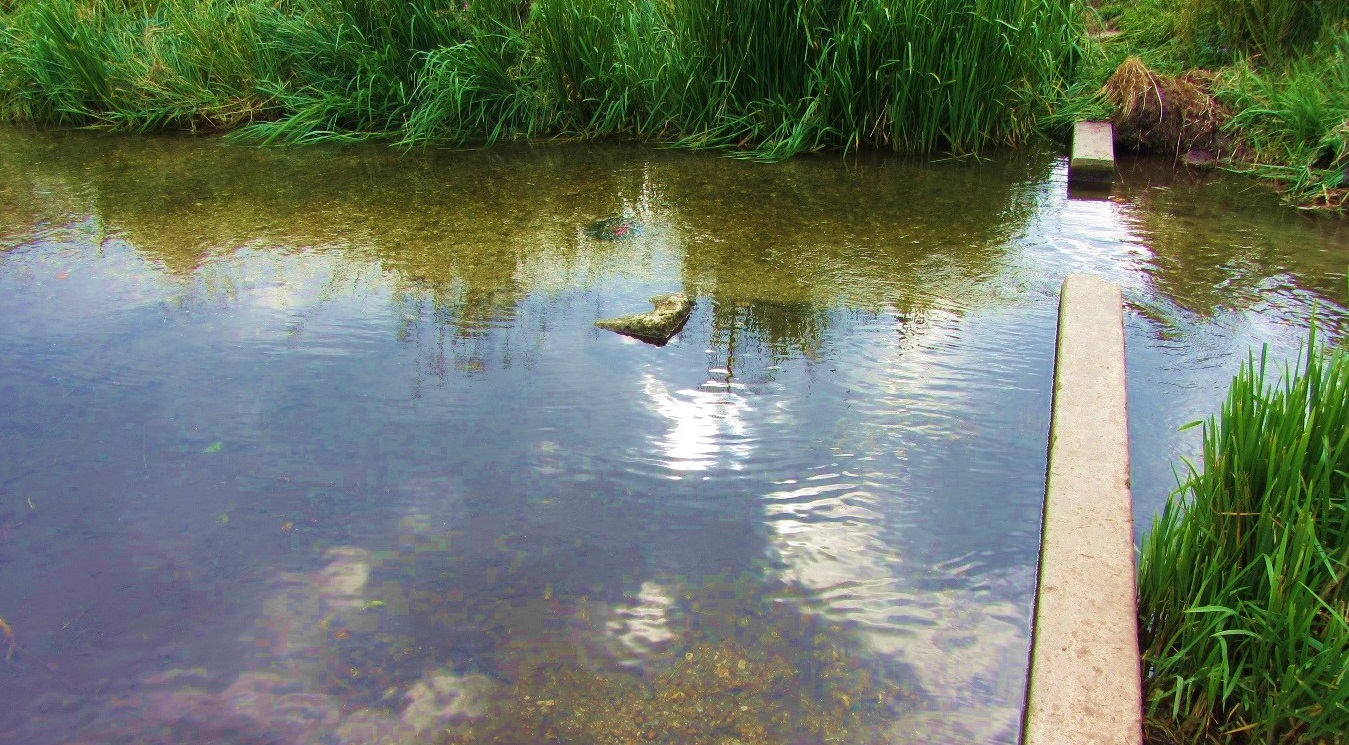
Image 5: Remains of old weirs affect fish movement and cause the build-up of sediment and vegetation.
Low flows
The River Gade often suffers from low flows due to:
- Spring flows (groundwater emerging at the surface) being diverted into an underground tunnel (culvert) rather than feeding the River Gade.
- Being disconnected from the groundwater table (see Image 3). For a chalk stream, where over 70% of its flow is from groundwater, this can have a significant impact on its resilience during periods of low flows and to wildlife in the channel.
- Water being taken (abstracted) for public water supply.
Most water we drink in the South East comes from rainwater stored deep beneath our feet in natural chalk ‘aquifers’. These also feed our chalk streams. In 2018 Affinity Water reduced net abstraction in the Gade catchment by 2,342,400 m3/year (that’s an average of 6.4 million litres a day). However, demand for water in the South East remains high. We all need to reduce the amount of water we use - every drop wasted is water that could be sustaining our rivers, streams and lakes.
Visit https://www.waterwise.org.uk/save-water/ for ideas on reducing your water use to help our chalk streams.
Our objectives
Together with Dacorum Borough Council and Affinity Water we want to:
- Improve the River Gade and the adjacent parkland for wildlife.
- Provide more opportunities, accessible to everyone, for people to get closer to the river and enjoy nature.
- Improve floodplain connectivity, but reduce the impact of flooding – i.e. flood water can be stored on the floodplain when needed, but doesn’t sit on the parkland for long periods of time.
- Improve biodiversity in the River Gade, so that it supports Good Ecological Status under the European Water Framework Directive.
- Improve the river’s resilience – its ability to cope with and adapt to the pressures of low flows, high flows and climate change.
- Reduce the barriers to fish movement and impoundment caused by river structures, including the Environment Agency’s gauging station.
- Improve flows in the river, to lessen the build-up of sediment and vegetation and to reduce the need for maintenance.
- Replace the Environment Agency's gauging station to improve the ability to monitor river flows and provide flood warnings.
- Provide more opportunities to learn about the River Gade, both its historical importance to the landscape and its value as a rare chalk stream.
Our proposals
JBA Consulting carried out an initial feasibility study for Gadebridge Park from 2016 to 2018 in consultation with all project partners and key stakeholders. Based on its results a number of proposals were developed that we consulted the public on from 20 July to 30 September 2018. You can view the submitted responses and our consultation summary report at https://consult.environment-agency.gov.uk/hnl/gadebridge-park-river-restoration/
Our latest proposals include:
- Realigning the part of the River Gade located downstream of the Grade II listed White Bridge back to the valley bottom (through the centre of the park at its lowest point). This will reconnect the river to its floodplain and to the groundwater table below.
- Re-routing spring flows - which are currently diverted through a culvert (underground tunnel) and discharged into a fishing lake at Kings Langley 5km downstream - into the new realigned channel. This will provide additional flow to the river, increasing its resilience to low flows, improve the river’s water quality and help to restore natural characteristics of a chalk stream such as a more alkaline PH and a stable temperature all year round.
- Replacing the existing Bury Mill gauging station with a gauging station on the new realigned channel that is passable to fish and has a reduced impact on the river.
- Creating vegetated riparian margins alongside the river channel and a wildflower meadow, to provide new habitats for wildlife.
- Following a water vole mitigation programme to ensure this species is protected during all phases of the project.
- Providing new footpaths alongside the river, a fully accessible bridge crossing the new realigned channel from the Queensway carpark to the Bowls Club and an informal crossing point in the centre of the park - all for people’s enjoyment of the river.
- Providing dipping platforms and access points along the river for people to get closer to nature.
- Installing information boards within the park to share the River Gade’s historical importance to the landscape and help people to understand and value our rare chalk streams.
Contact us
For further information about the project please see the documents and links below and check back for updates on this information page.
If you have any questions we will be happy to help:
- Kelly Standbrook* (Environment Agency) gadebridgepark@environment-agency.gov.uk
- Ian Ross (Dacorum Borough Council) biodiversity.wildlife@dacorum.gov.uk
*Please only contact Kelly with questions specifically about Gadebridge Park’s river restoration project. Questions about all other aspects of Gadebridge Park should be sent to biodiversity.wildlife@dacorum.gov.uk
Get in touch...
We’ll be in the park on 21 September 2021 to share our latest plans, answer people’s questions and hear your views. Come and see us between 11-4pm near the splash park kiosk.
Or, to get in touch and share your comments and ideas or ask us a question at any time, please email us at gadebridgepark@environment-agency.gov.uk.
If you would like to join our mailing list to receive future updates for the duration of the project, please contact gadebridgepark@environment-agency.gov.uk with your name and email address. We will not use your contact details for any other purposes.
We look forward to hearing from you.
Audiences
- Recreational and commercial river users
- Members of the public with an interest in the river, the species and conservation
- Statutory organisations
- NGOs
- Members of the public
- Elected representatives, including MPs
- Local councils
- Academics
- Environment Agency customers
- Local authorities
- District and parish councils
- Environmental bodies
- Water companies
- Community groups
- Flood action groups
- Environment Agency colleagues
- Lead Local Flood Authorities
- Town and parish councils
Interests
- Flood management
- Water resources
- Water quality
- Drought
- Habitats and wildlife
- Specific projects, issues, or activity pages


Share
Share on Twitter Share on Facebook